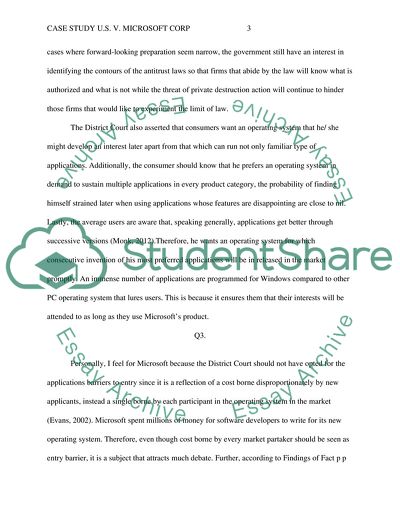Microsoft Corp: Information Technology Ethics and Policy Case Study. https://studentshare.org/information-technology/1816670-case-study-us-v-microsoft-corp
Microsoft Corp: Information Technology Ethics and Policy Case Study. https://studentshare.org/information-technology/1816670-case-study-us-v-microsoft-corp.


